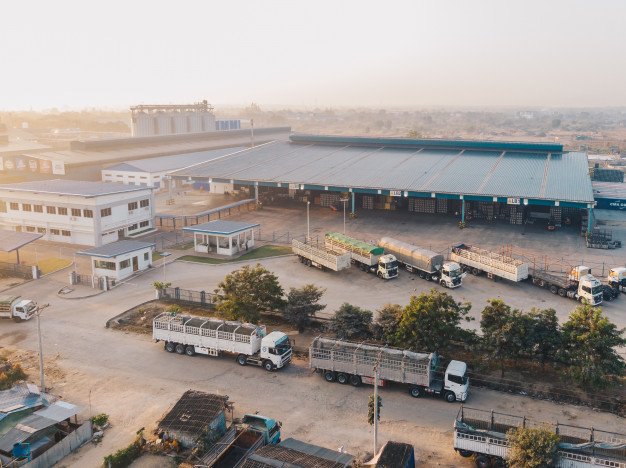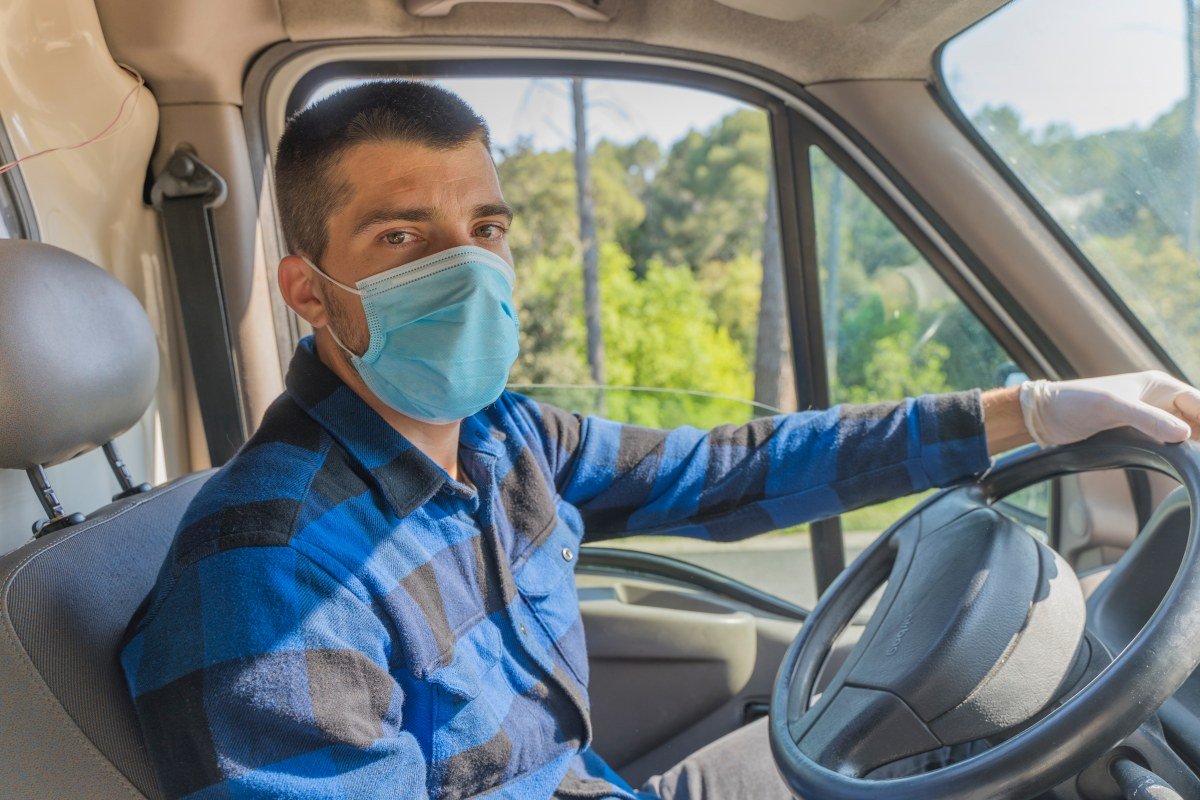
We’ve been seeing a great level of support across the country for truckers who have been putting their lives on the line to keep essential items on the move throughout the COVID-19 pandemic. The White House has made trucking one of its top priorities, offering truckers more control over their hours in order to meet the increased demand for medical equipment, personal protective gear, and household staples that the pandemic has temporarily placed upon the nation. In the face of unprecedented unemployment in America however, we’ve still seen more and more businesses calling for more people to work moving freight.
The Call Hasn’t Actually Been Answered Yet
Here’s what sounds like great news: the national driver shortage is over temporarily. At first glance, this sentence might seem to indicate that the freight industry has finally succeeded in bringing younger blood into the job, and we’ll finally start seeing more millennials and even Gen Zs piloting their own big-rigs. Unfortunately, that isn’t exactly the case. Yes, it’s true that America is no longer short on truck drivers for the moment, but that’s expected to change once the COVID-19 pandemic subsides, and we’ll be right back where we started— with less truckers on the road than we need.
There Aren’t More Drivers, Supply Chains have Just Changed
The reason we’re no longer short on drivers, is that the country actually has a lower demand for trucking services than it did in February. It’s impossible not to notice that gas prices have plummeted since sheltering-in-place has become the new normal, and that’s taken a toll on the trucking industry, resulting in tanker and flatbed traffic that’s well below the usual mark. Luckily, certain shipments like those devoted to restocking grocery and home stores have thrived during the crisis so much, that the net result is that the current supply of truck drivers in America currently perfectly aligns with the demand.
What Happens When Supply Chains Normalize
Industry professionals emphasize that the fundamental problems that contribute to the national driver shortage haven’t been affected by the pandemic. Truckers are all overwhelmingly male, and older than the average American worker. Furthermore, truckers are known for being more prone to unhealthy lifestyle habits, including a higher risk of obesity and tobacco use according to the CDC. So far, we’ve only seen small cultural changes in the system that might change things for the better, and who’s to say whether those things will be enough to counteract some estimates that expect America to be short 105,000 drivers by 2023, and 160,000 drivers in 2028. When the pandemic subsides in America, it’s expected that tanker and flatbed traffic will return to normal, which means that plenty of industry veterans will have to be pulled back onto their usual routes. The result of this is a supply chain that will be short the same number of drivers as it was in February— around 80,000 drivers depending on the estimate.
Short Term Hiccups
There’s been news of older truckers calling it quits for the sake of health. With the high mortality rate of the coronavirus, it’s a perfectly understandable decision, but it’s one that will undoubtedly result in exacerbating the national driver shortage issue.
DMV’s have also been shuttered for some period of time in America, and it’s only recently that some have begun to offer their usual full range of services. While the Federal Motor Carrier Safety Administration has done their part by effectively extending the date of driver’s active CDL’s for a couple of months, it’s been impossible to allow new drivers to apply for a CDL without maintaining social distancing guidelines. As a result, the pipeline of new drivers has effectively been stopped up for the past month and a half.
Here’s the Good News…
Most DMV’s are now open (although often through appointment only) in the majority of American states. Driving tests aren’t available everywhere, but it’s likely that you’ll be able to find one within driving distance through your local DMV website. Also, a national driver shortage won’t necessarily have strong negative ramifications for every member of the industry. A shortage in labor will likely drive the average wage for truck drivers up, a trend we’ve seen not only in the short term, but also in the past couple of years. Additionally, the shortage only indicates that demand isn’t being met, not that the industry isn’t growing on the whole. The National Bureau of Labor Statistics predicts the numbers to increase by 5% through 2028, which is on par with other industries on the whole. So, will COVID-19 eliminate the driver shortage? Likely not. What is true however, is that the shortage isn’t necessarily something that drivers and dealerships need to worry about.
If you’re interested in entering a market that needs your skills, consider contacting us at Mission Financial, where we can get you started in a growing industry that desperately needs more manpower.
Want more news like this?







